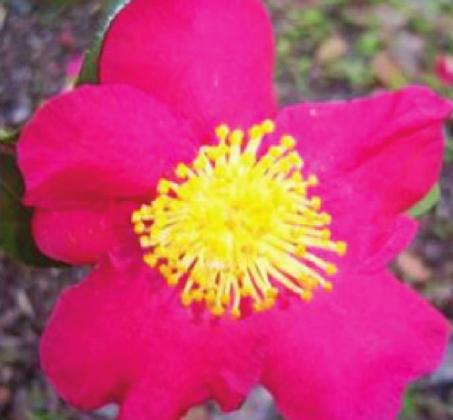From our friends at UF/IFAS Extension Services ...
Garden stores have been sold out of small Poinsettias. The good news is that they are other alternatives to add red in the garden.
Red pentas not only add the red color, they also attract pollinators into your garden. Pentas are perennials and will last many seasons; you can add rose color pentas in the spring to add change the look of your garden.
Another alternative are the red begonias; you can create a beautiful accent of red in your garden that will last until February.
Many crotons come in interesting color combinations, often being red and green with a touch of yellow added. All of these colors can be present on just one plant, which can eventually grow to about eight feet tall, but you’ll want to protect from freezing.
To maximize color, they will need to be planted in a location with full to part sun. The soil must be well drained and not high on the pH scale. Crotons are fairly drought tolerant once established, and don’t normally have disease or pest problems. Fortunately, crotons get their best color during the winter, when the leaves change from green to red more rapidly.
If your yard is shady, the Hawaiian Ti plant would be a colorful alternative. While these plants will grow in sun, their color becomes much more brilliant in shade. In winter, new growth can be bright reddish pink.
If you want a smaller plant, an anthurium has beautiful red bracts. If you are a bromeliad person, there are some beautiful ones available which have bright red centers in season.
And don’t forget about the camellia! While most Japonica camellias usually bloom sometime after Christmas, most Sasanqua varieties bloom before Christmas. Beautiful shades of red are available. There is even a nice cultivar called “Yuletide”. A shady or partly shady location is best, though some Sasanquas can tolerate sun. However, Japonicas need more shade, since their blooms tend to get sunburned. All need acidic to slightly acidic soil. Watch for tea scale.
Hopefully some of these choices will provide color for the holidays, in addition to the usual poinsettias.
To learn more, call the Extension Services Plant Clinic at 321-697-3000 or email questions to epabon5@ufl.edu.
In addition, UF/IFAS Extension Services wlll host a Plant Market on Saturday, Feb. 26, 2022 at Osceola Heritage Park. The market will have plant vendors, classes, kid’s activities and more.




